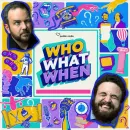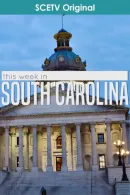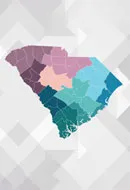
Collegiate faculty member Mia Tensley shares her experience transitioning her teaching style per the pandemic; she likens it to conducting a magic show while also constructing and flying a plane! Revising her “success teams” act made a difference.
From our Educator Guest Blogger Series
~~~
Uncharted Airspace
Although I hadn’t taught online courses before COVID, hybrid classes piqued my interest. I discussed this with my department chair and completed coursework to teach online. I planned to acquire further training on handling the technology that supported our institution's hybrid courses. Even after this training and preparation, I was still unsure I could facilitate online learning.
Structured Three Ring Circus
My pre-pandemic teaching style was a structured three-ring circus. The first week of class, I assigned seating and established expectations for my students. Later, students were assigned to success teams. To initiate teams, they exchanged contact information; accordingly, they also engaged in conversation outside of class. This resulted in cohesive groupings. To maintain student engagement, I employed maracas, buzzers, and soundboards. When students correctly answered questions, I utilized maracas and soundboards to celebrate. Additionally, I used personalized buzzers to elicit responses from groups.
A key component of these teams was and is the success team contract. These contracts provided students structure and accountability as they worked on projects. Consequently, students contacted absent teammates. Students also occasionally brought each other "snackles" from QT half a block away. As a result of their success team relationships, my students felt a sense of belonging.
Piloting an Airplane during Construction
In March 2020, the week before the shutdown, there were rumors of a faraway virus. Our department was summarily trained for "just in case." A couple of weeks was considered worst-case scenario. We had no clue our next semester and a half would be entirely online. I was concerned that if we all went online, I wouldn't be able to foster a feeling of community in my classroom.
Opening Day
Mastering the required 'sleight of hand' was essential to doing this trick. To ensure dexterity with the platform, my colleagues and I practiced and experimented. We practiced sharing files, polling, and scheduling breakout sessions. After I developed confidence in my online facilitation skills, I adjusted my PowerPoint presentations. I wanted to recreate the "magic" of my face-to-face classroom as much as possible. Because the transition occurred mid-spring semester, the students already knew me and my expectations. They were familiar with the classroom setup and had formed an efficient team. This semester ended well. The true test, I realized, would come the following semester.
Our online collaboration technology, Blackboard Collaborate Ultra, was updated between the spring and summer semesters. My colleagues and I explored the platform to ensure proficiency. Next, I prepared course pacing guides. Then I concentrated on improving my presentations. With all of the bells and whistles, I imagined students would want to interact. I thought they would be brimming with excitement. I didn't consider the possibility of complete silence.
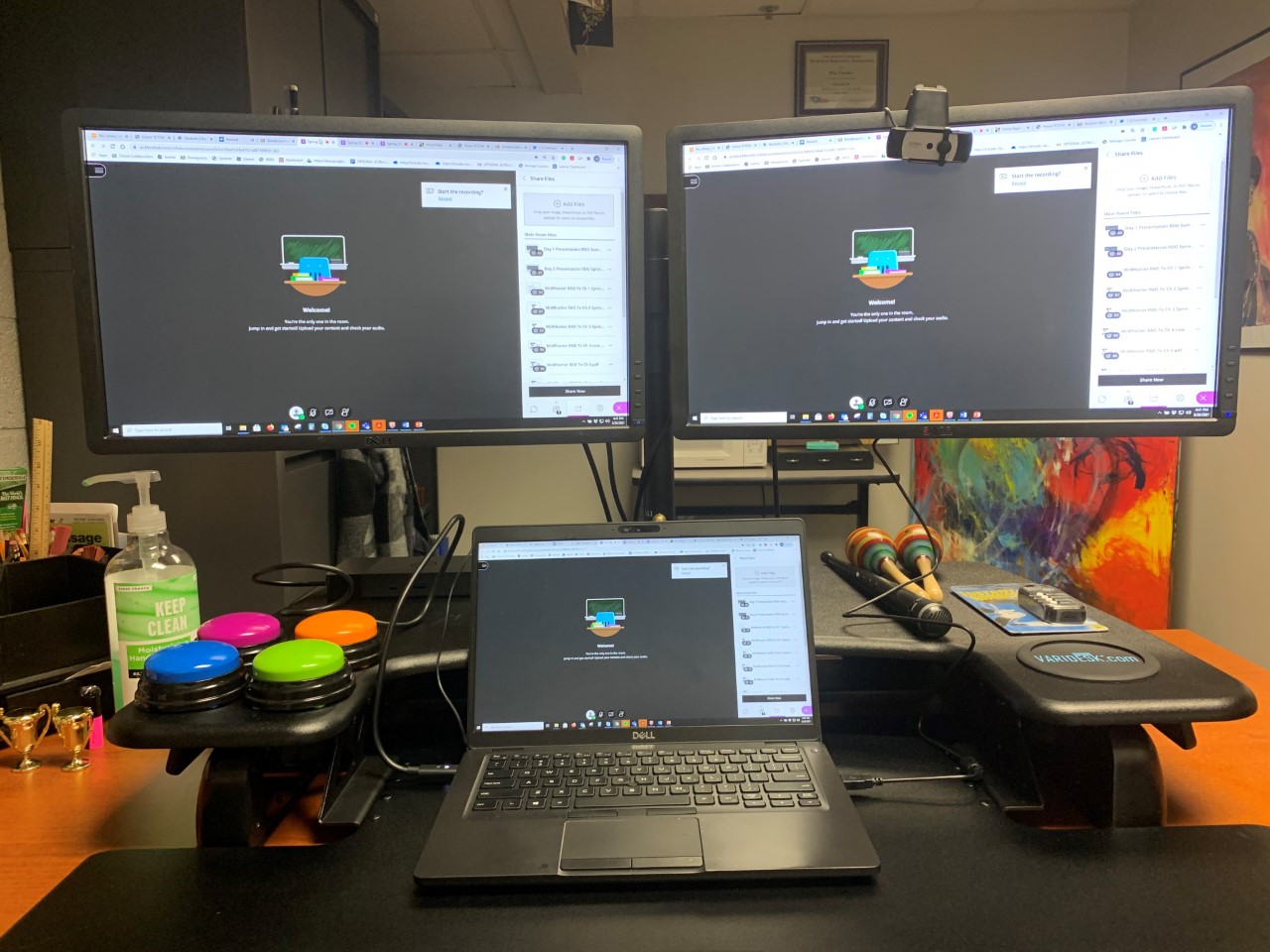
Turbulence: We are in an Air Pocket
I quickly recognized that my planned approach was too demanding for these students. My initial request was that they activate their mics. Uneasy and trembling voices of students stated “present”. Some were unable turn on their microphones. They simply replied in the chat box. What went wrong? I had not planned for the variables impacting these students. They'd been away from school for months. Many students said they weren't asked to switch on a microphone or camera in previous online classes. Some students worked asynchronously, compounding the effect. As a result, they were beyond nervous. They were petrified and unable to speak.
Redesigning the Act
I gathered myself and reflected. Although the session did not go as planned, I felt I had set a solid foundation. Equally, I was aware that the design needed work. "How can I make my lesson more favorable to these learners?" I wondered. I decided to fortify success team principles. When I taught in person, I used success teams two weeks into the semester. To support these students, I created success teams right away.
Even though finding volunteers was like extracting the incisors from a lion, I persuaded students to lead groups on day two. Group leaders remained in this capacity throughout the semester. This set the tone for teamwork. I also included participation into their averages. Additionally, I sent encouraging messages through our Starfish system and Remind. Next I pulled out my sound board. This kept the students and me alert and interested. Finally, I engaged students in daily activities involving metacognition, Think Pair Share, and polling. This made pupils engaged learners. In my online classroom, group responsibility, rewards, and instructor involvement were the trifecta for student participation.
Auto Pilot: George is Flying the Plane Now
Once the system was established, students understood the expectations and classes became largely independent. Group contracts aided accountability. Students would contact tardy and absent pupils without urging and forward communications from group members experiencing technical concerns to me. As the class progressed, students learned to anticipate expectations by examining the daily agenda. This improved classroom time management. Their fear of the classroom setting was also reduced. In the main classroom, students increasingly turned on their microphones and shared freely.
Final Thoughts
I am continually looking for ways to enhance my instruction. Regardless of the medium, I strive to improve my relationships with my students. My current research focuses on the influence of cross-curricular learning communities on course completion and graduation rates. While the new normal has presented us with new challenges, it may ultimately help us become better educators.
BIO
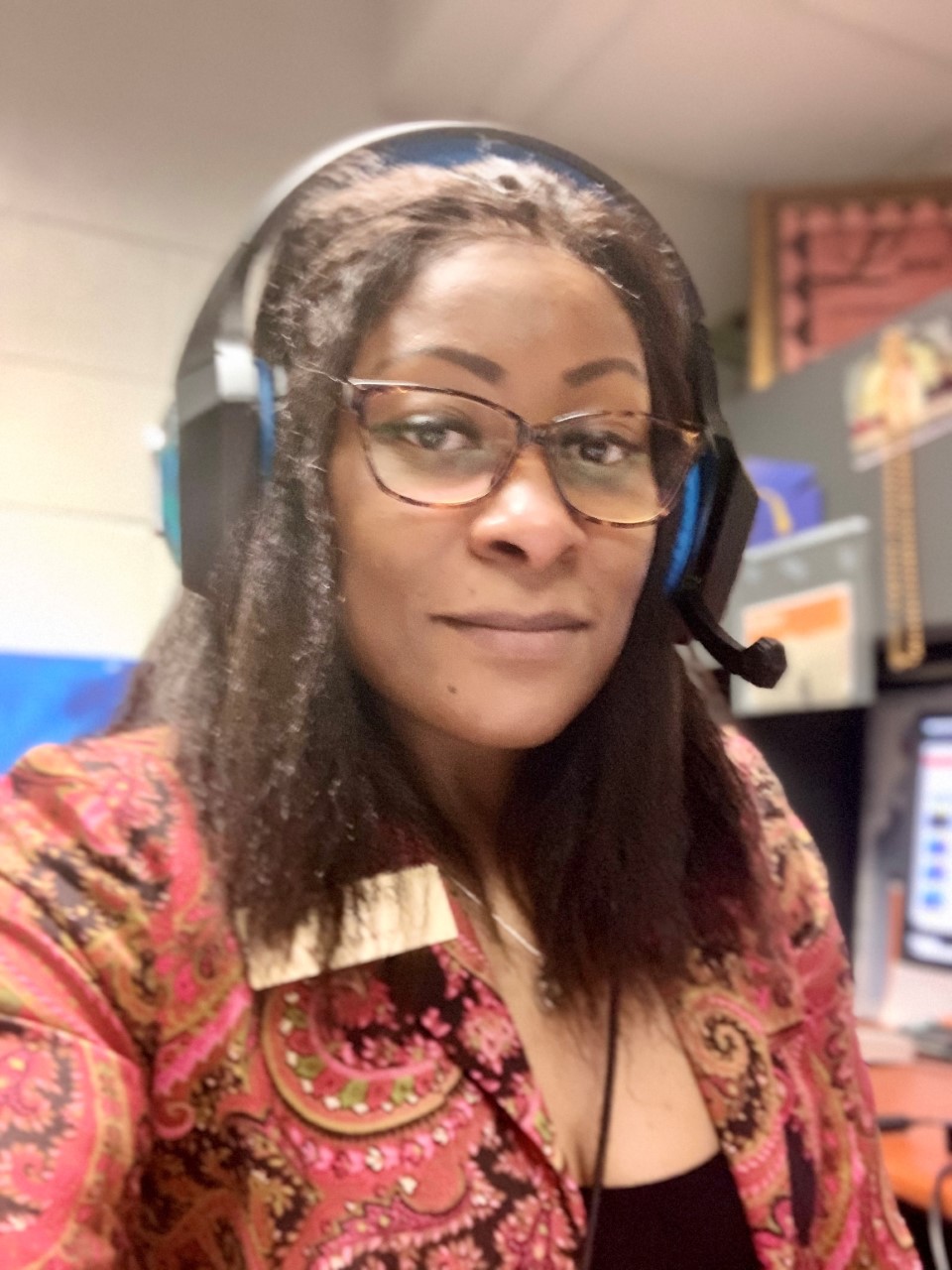
Mia was a k-12 teacher from 2006 until 2016. Currently, she teaches at Tri-County Technical College in Pendleton, South Carolina. In 2019, Tensley was voted Tri-County Technical College's Faculty Educator of the Year by the South Carolina Technical Education Association (SCTEA) and served as Chair of Tri-County Technical College's Faculty Senate. She currently serves on the boards of the Art and Culture Commission in Clemson, Elks of Pendleton, Leadership Clemson Alumni, and the Friends of the Green Crescent Trail. Mia is also the Chair of the Friends of the Clemson Area African American Museum. Contact Mia at stensley@tctc.edu.
* BE OUR NEXT GUEST BLOGGER! LEARN MORE.
Note: This guest blog does not necessarily reflect the views of ETV Education.

